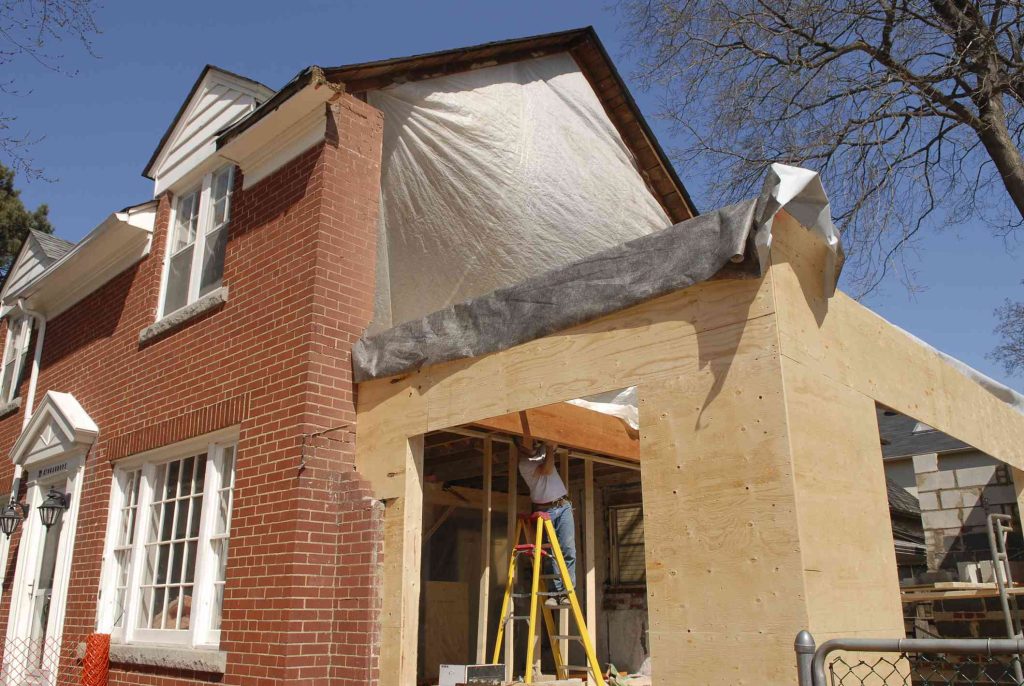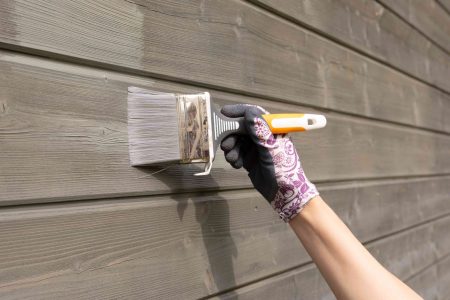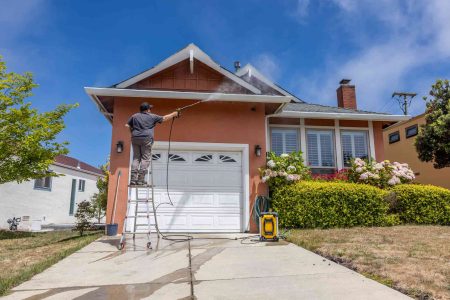Whenever interest rates drop and home equity loans become affordable, an orchestra of hammers and saws arises across the nation. This is the sound of workers frantically building house additions. The house addition is the single most expensive home remodeling purchase a homeowner will ever make. If enough rooms are being built, the total expense can easily slide into six figures. Unlike an interior paint job or landscaping, a house addition is one project that cannot be undone. So it pays to carefully consider this process, which can be alternately rewarding and taxing, from all angles before writing that first check to the contractor.
Pros
House Additions Are All Your Creation
You may have an old house that was initially created by a builder and subsequently changed over the years by other homeowners. When you install new floors, paint the walls, or remodel a bathroom, you are only adding your unique touch to this pastiche.
But a home addition is space that you can legitimately claim as your own creation. Building an addition is like designing a whole new house without the expense of a whole new house. Few remodeling projects are as thrilling and creatively satisfying as working with the blank slate that addition-building affords you.
Additions Surpass Other Ways of Adding Space
When you look at the various ways to add space to your house, no other space-creating method matches the house addition in terms of financial and emotional value.
A sunroom may not be as good of an investment as other additions if a buyer views it as a lesser quality space or not as functional. If you decide to invest six figures into a fully conditioned sunroom, you might as well just build what you really want, a house addition.
Finished basements are viable spaces for living and entertaining. But unless you have a daylight basement, where one side is ground-level or nearly so, basements can be gloomy places with few or no windows. Plus, you are not adding any more square footage to your home.
Room additions can best be described as mini house additions. These are an addition but are only one room, not multiple. True house additions comprise many rooms. While room additions are your best cost-saving alternative to house additions, they still come at a considerable financial cost and disruption of your privacy.
Great High Cost-Value Ratio
According to Home Advisor’s True Cost Guide, at least 65 percent of the cost of a mid-range two-story addition may be recovered at the time of sale. The key phrase, “may be recovered,” means that there is no way of predicting the real estate market years in advance. It is typically cheaper to build an addition than to buy or build a new home that equals the space of your existing house plus an addition. At the very least, the closing costs involved with selling your old house and buying the new house would push this option over the top.
Cons
Higher Resale Price Not Guaranteed
Because peripheral costs increase, you may still lose money when you decide to sell the house. More space within the addition means higher heating and cooling costs, more windows to wash and gutters to clean, increased property taxes, and more house to clean.
Even though additions offer the potential for higher cost-value ratios than other renovation projects, you still may not recover the full cost of the addition when you sell. It is a gamble that many homeowners make. Building an addition with the full knowledge that you will sell the home within a year or two usually means losing money, unless you are in a particularly hot real estate market.
House Additions Use up Property Space
Unless you are adding a second story, you will lose yard space by building an addition. Once you build the ground-level house addition, this is space that can never be recovered. If you have young children and you like for them to play outside, you may want to hold off on the addition until they have matured or no longer care about outside play. The trend toward smaller and smaller yards continues as mammoth-sized homes envelop lots. In some communities, a backlash against yard-gobbling homes and additions has provoked calls for changes to zoning and permitting.
Addition Building Is Emotionally Taxing
In the first few days of building an addition, it can be thrilling. At first, you can barely wait for the workers to show up. They cannot seem to arrive soon enough.
Then one Saturday you wake early to the roar of a gas generator five feet from your bedroom window and realize that your romance with building an addition has hit the rocks. Worse than that, your relationship with your spouse or partner may hit the rocks. Many causes contribute to this, some of which can include: having work crews in your house six days a week; noise and dust; constantly dealing with the contractor rather than each other; lack of privacy; and that ultimate relationship-stressor, money worries.
Read the full article here














